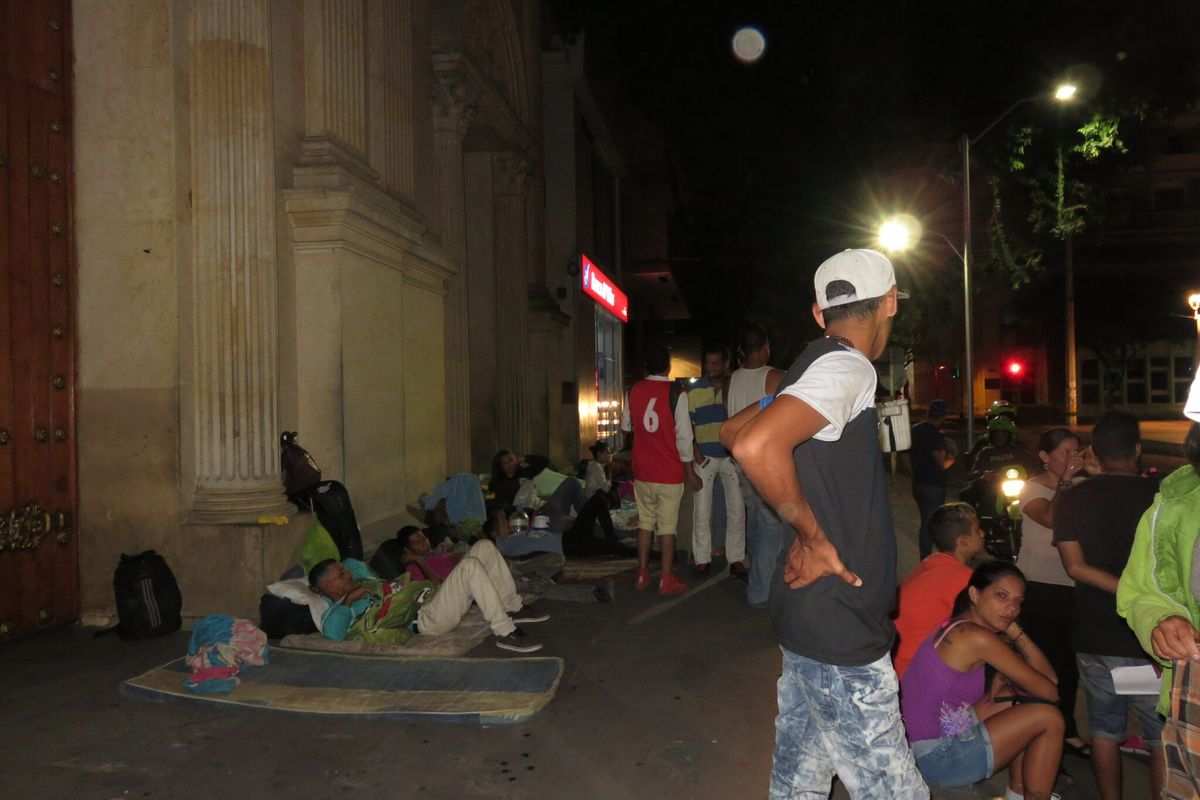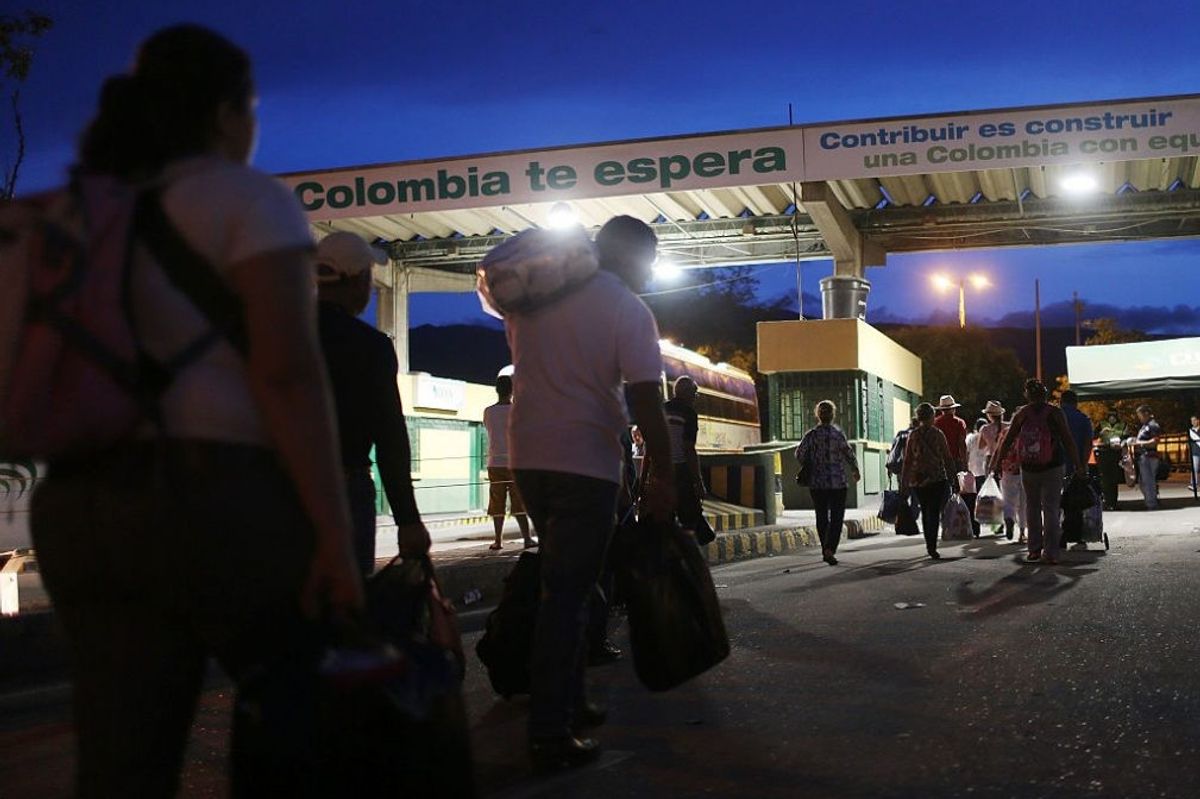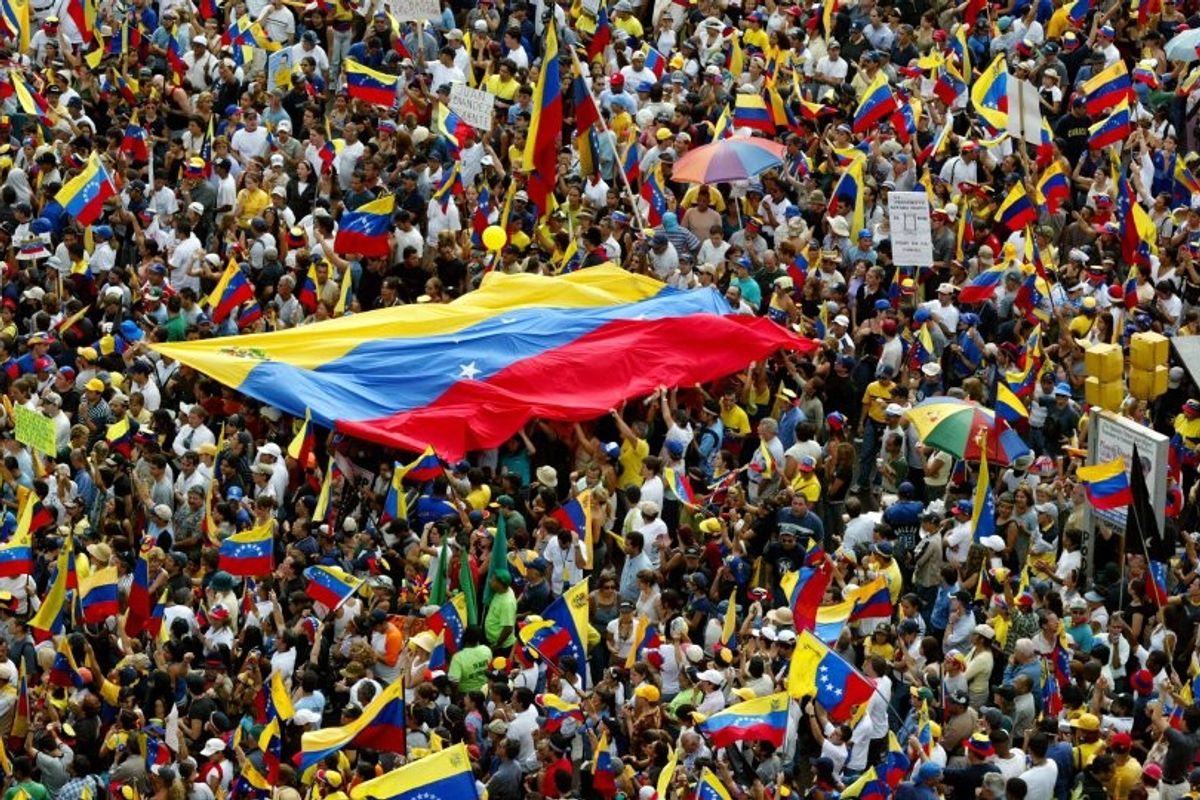For a very long time, the word that most often followed a mention of Colombia was cocaine. Colombia was the world’s largest producer of the illicit drug. In the mid-2000s, the South American country turned a corner and made significant progress with its program to systematically eradicate the coca plant. It was no longer the cocaine kingpin. Unfortunately, in 2014 Colombia reclaimed its world title, producing more coca than Peru and Bolivia (the number two and three producing countries, respectively) combined. Last year, the U.S. measured 393 thousand acres of coca in Colombia – that’s the third-largest annual measurement ever, says the Washington Office on Latin America’s Adam Isacson.
The Colombian government under President Juan Manuel Santos is not turning a blind eye. On Monday, Colombian Defense Minister Luis Carlos Villegas announced the government will resume use of glyphosate to eradicate illegal coca crops. This comes less than a year after the crop eradication effort was suspended due to concerns that glyphosate causes cancer.
However, there’s a twist. Instead of spraying glyphosate from American-piloted aircraft, the herbicide will only be applied manually - a dangerous move “since 70 to 80 percent of all coca crops in Colombia are grown in areas controlled by the FARC,” says former Drug Enforcement Administration official Michael Vigil. Moreover, the FARC, the left-wing rebel group officially known as the Revolutionary Armed Forces of Colombia, has a big incentive to keep coca cultivation high, in order to retain leverage in the peace negotiations.
The FARC have been in intensive talks with the government since 2012 and are expected to agree on a final peace accord sometime this year (although the initial March 23 deadline has already passed). The country’s other left-wing rebel group, the National Liberation Army (ELN), entered formal peace talks last month.
Despite progress on this front, the country still faces violence from the bandas criminales (criminal bands also known as BACRIM) and the legacy of the 2003 peace deal with the right-wing paramilitary group United Self Defense Forces of Colombia (AUC). “In the past, thousands of militants – like those in the United Self Defense Forces – have turned to drug trafficking, extortion, kidnapping, and other crime after being disbanded,” explains Vigil, the DEA’s former Chief of International Operations and Cipher Brief expert. He says an agreement with FARC carries risks. “Disarming the FARC could negatively impact territories that have been under rebel control since 1964 with skyrocketing drug trafficking and violence,” Vigil maintains.
Frank Mora agrees. The former U.S. Deputy Assistant Secretary of Defense for Western Hemisphere Affairs told The Cipher Brief, “There will be a transition of FARC members into criminal activity, in which many of them are already involved.”
And then there are the campesinos, or peasant farmers. Many of these rural workers make their livelihoods off of coca cultivation and have deals with the FARC to continue producing their crops. Pedro José Arenas Garcia, a former Colombian congressman and now Director of the Observatory on Growers and Crops Declared Illicit in Colombia, points out, “Indigenous communities are the principle actors in the drug debate. They are raising their flag for the right to live with their plants and with their families in their home areas.” A peace deal that involves the elimination of illicit drug production, like the current agreement, is likely to receive little support from the campesinos and others whose salaries are paid for by the cocaine trade.
The Santos administration’s renewed efforts to cut coca cultivation in Colombia will only prove fruitful if the FARC and campesinos are on board. Then, the government can deal with the right-wing paramilitary organizations and BACRIM also involved in the drug trade.
Kaitlin Lavinder is an International Producer with The Cipher Brief.









